Winter is here in the north—not the slightest allusion here to any famous TV series or any recent election, of course. And in the wintertime, life goes underground in a literal sense: tubers and roots reign while most of the aboveground parts of plants are dormant; animals hibernate or at least seek shelter in holes and caves. But in the annual cycle, above- and underground are tightly linked; without underground reserves to provide for the winter and start the active cycle again in spring, you die. If there is no active life aboveground in summer and fall to make reserves underground for the next winter, you also perish.
Is it possible to live underground? Is it reasonable? Is it desirable? Is it feasible? Yes. But it needs thoughtful design. The key issues are water, sound, vegetation, and light.
The same goes for cities, although in different terms—above-the-ground and under-the-ground systems are also tightly linked. It is virtually impossible for any city to exist without buried power and information networks; underground water transmission, sewerage pipes, malls, basements, pedestrian tunnels, and motorways; sometimes a subway system, etc. Helsinki is even planning its expansion straight down with a strategic “Underground City Plan” that considers the underground as a part of the city itself, which the local authorities refer to as the “shadow city”. Helsinkians already enjoy access to a subterranean swimming complex, shopping area, and hockey rink. A data center has been built beneath a cathedral and uses cold seawater to cool its machines, drastically cutting energy consumption. The plan establishes the construction of a further 200 underground structures in forthcoming years, including apartments and public spaces.

Thus, since it is winter (in the north), why not turn our eyes to the subterranean world and ask: is it possible to live underground? Is it reasonable? Is it desirable? Is it feasible?
Cities were once built with materials extracted from beneath the space they would eventually occupy, which left quarries of huge dimensions beneath urban feet; such abandoned galleries sometimes collapsed, causing disasters. The urban underground is also full of deserted shelters and bunkers—remnants of past wars, cold or warm—catacombs, and so on. Most of these networks are now empty, but they still exist. There is plenty of room down there. Why not use it?
I can almost hear you grumbling—yes, you who are reading this post: living underground like rats! Why the hell would we do that?
Well, to begin with, let’s recall that caverns and hollows are intrinsically linked to human history: they have been used as dwellings and for food storage since the Paleolithic, millions of years ago. More recently, what can be described as underground cities existed in China (Banpo), Turkey (Cappadocia), and Israel (Maresha) between two and three thousand years ago. Underground passages for emergency evacuation were an inherent part of many medieval cities. Nowadays, there are troglodyte villages in France (nearby Poitiers), Spain (Granada), and others, where thousands of people seem to live a good life.
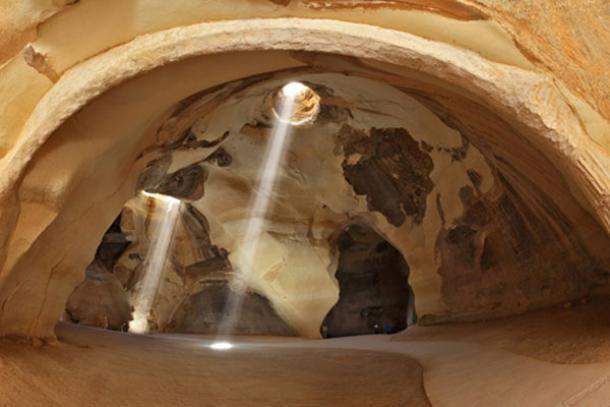

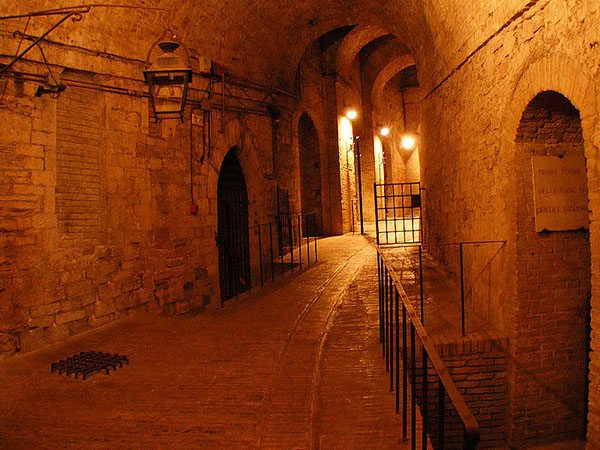
More pragmatically, nearly 70 percent of the world population lives in urban areas, and according to the United Nations two billion more people will move into cities in the next 20 years. It is probable that the size of the city itself will grow still faster than its demographic growth rate: 276 percent vs. 66 percent, according to Shlomo Angel and Stephen Sheppard, 20 years from now. Such a decoupling is driven by a trend: urban population growth tends to go hand in hand with rising living standards, which requires more room (larger dwellings or offices, considerable infrastructure provision, etc.). From this perspective, cities are potentially going to be jam-packed with construction, especially considering that future city developments are supposed to be—and designed to be—sustainable. Better standards of living means that we are likely to encourage urban densification and to promote urban agriculture, for example, so that buildable areas are going to become scarce and, thus, more expensive.
There are but two ways to deal with this Gordian knot. The first one consists of untying the knot: allowing the mushrooming of high-rise buildings as an adaptation to the scarcity of available space—which may seem “sustainable” at first sight, but is not. This option doesn’t work: high-rise buildings are usually met with distaste by the people living nearby and, besides, high densities also generate environmental nuisances. The second method works: it doesn’t try to untie the knot, but cuts it altogether. Why not build downwards instead of upwards? This way, we could meet the demand for more urbanization without erecting skyscrapers everywhere.
Let there be no mistake here: living underground is also a huge environmental and economic issue. As I mentioned before, there are masses of unused underground infrastructure (ancient quarries, tunnels, shelters etc.). Their maintenance costs a lot of money and is essential, since derelict structures may cause building collapses at the surface. The point here is turning a problem into an opportunity. Or, to put it another way, turning an environmental bad into an environmental good, which is rather rare. We are speaking of significant available surfaces, plus the possibility to dig deeper and create new underground areas.
Building and living below the surface is an interesting and disruptive alternative, and a more sustainable one. As Nikolai Bobylev states in his seminal article, “Underground spaces are less susceptible to external influences, and their impact on the external environment is less than aboveground facilities.” Further, “Deep underground structures suffer significantly less damage during earthquakes than aboveground structures.”
Many cities in the world are beginning to take renewed interest in underground space. It is not only Helsinki, or the well-known underground city of Montréal—which, by the way, is not really a city but a gigantic mall—or subterranean Moscow. In Japan, China, Norway, the Netherlands, Italy, and France, people are undertaking underground development initiatives. In China, for example, a recent regulation act provides a legal basis for the development of urban underground spaces. The National Planning Agency of the Netherlands devotes special attention to the good use of underground capacity. And Singapore, which faces severe land constraints, has embarked on a comprehensive master plan for underground development.
For all of these reasons, investors and private operators’ interests, as well as mayors’ interests, converge to develop underground cities. Whether we like it or not, underground cities will boom in the coming decades. Thus, we’d better get ready to influence the making of these underground cities, in the sense of real sustainability. Otherwise, they may very well turn into a social and environmental nightmare, as in Fritz Lang’s cult film Metropolis, where class divides determine who lives at the surface (the rich) and who lives below ground (the workers). Have you ever been to Montréal’s Ville Souterraine—which (and as I mentioned above), despite what its name suggests, is actually a huge shopping mall, with constant harsh lighting and noise, with no place to halt and nothing to do if you’re not a consumer or a commuter—and felt the dizziness and discomfort this kind of place provokes?


Now is time to propose something different from these dystopic futures backed by hidden financial agendas. How to practically design desirable, livable, and sustainable underground cities—places people can take ownership of and can transform to fit their needs and their desires? To do so, collective perception and imagination will have to be stimulated. But, how do we do that?
What features exist at the surface and in natural underground spaces, such as caverns, that do not exist in the manmade underground structures mentioned above? Natural daylight, water, bedrock. Natural earth—ironic when we consider that we’re speaking of underground spaces—vegetation, and familiar forms of life are missing, and their absence generates an oppressive atmosphere. Couldn’t we say that, in the manmade structures, nature is missing?
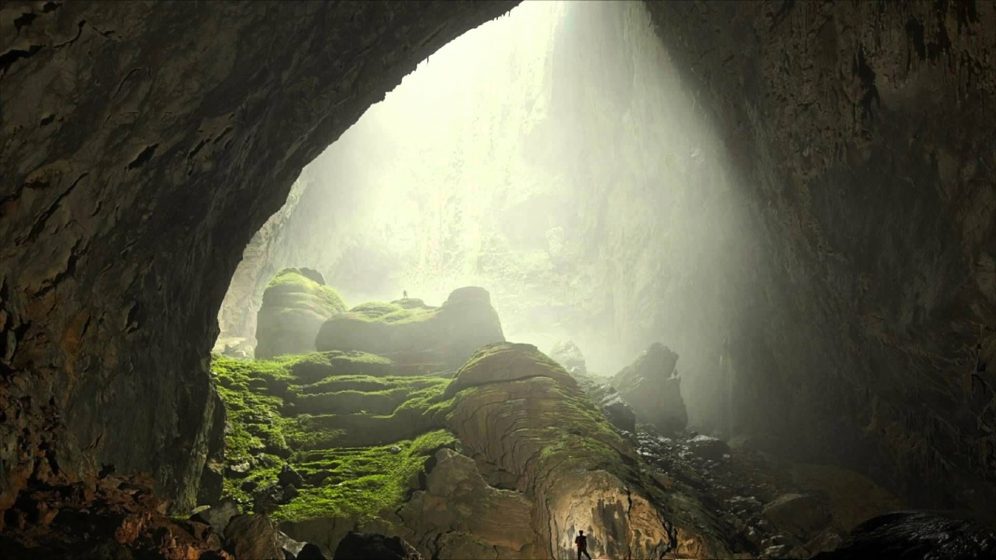
Yes, I know “fake natures” are widespread in malls, subway stations, and underground plazas: basins, palm trees, tropical flowers and ferns, and sometimes moss. But these are nothing more than cheap exoticisms that eventually gather dust, decline, and wither due to their high maintenance costs and technical difficulties in the long run. Does anyone consider these stagings as expressions of Nature? A double mistake is made with such artificial installations. First, they are “artificial” in the sense of being incongruous: usually, there has never been a tropical forest where these malls, stations, and plazas are located—rather, there have been prairies, temperate woods, snow, and sometimes deserts. Second, the implicit intention of the designer is to create a replica of what is above the ground, to make people forget they are actually under the ground. And it doesn’t work: people are not fooled. Worse still, the disastrous subliminal message communicated by such installations is that life underground is “bad”, since everything is done to make any signs of being underground disappear.
Thus, if we want desirable, livable, and sustainable underground cities, we have to design undergrounds that look like what they really are, and that highlight the specific features of subterranean life. Contrary to what the Emerald Tablet states, we must embrace a philosophy of “as above, not so below”. This was the intent of a research project I ran, which ended in a conference last October: “Underground Cities — Living Below the Surface: Supporting Urban Transition to Sustainability.” To succeed, four key issues have to be addressed:
(1) Our first action must concern water. Let’s discard the traditional approach, which holds that water is a threat underground (flooding, molds, etc.). Make it a friend instead. Freshwater may very well become a golden thread that gives consistency to underground areas. Water can play a crucial part in well-being underground: while circulating, it can considerably enhance the sound landscape, and it facilitates orientation. To foster life and natural vegetation underground, it goes without saying that freshwater is needed. To do so, mapping the seepage and water pathways, then channeling them into small rivers and creeks, and finally orienting them and concentrating the flow in ponds and pools in a configuration as close as possible to the natural water circulation system, would make sense.
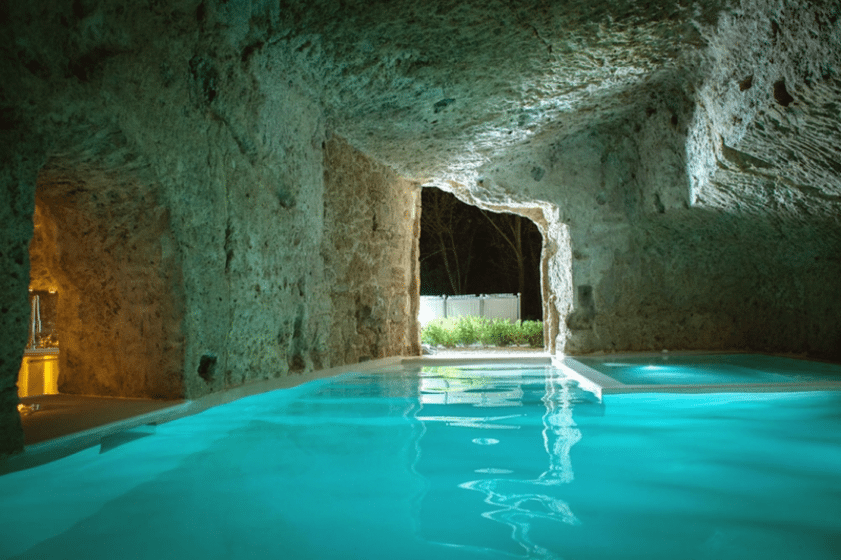
(2) As mentioned above, sound is crucial to comfort and orientation. Sound helps overcome the opaque and partitioned feelings that can be characteristic of underground areas. Sound makes it possible to imagine what exists on the other side of a wall or at the end of a hallway. A good “sound landscape” should include shades and fluctuations between intense and calm areas.
(3) Returning to the vegetation and water issue, common sense favors the introduction of plants involving minimal human intervention: namely, plants that already exist in cave ecosystems. Naturally, two specific conditions must be met to match with human activity: brighter lighting than in natural caves, and lower levels of moisture to remain in human beings’ comfort zone. Cave ecosystems from dry and warm lands with karstic subsoil should prove to be quite adaptable models for built underground spaces, as they are perfectly adjusted to significant variations in temperature and lighting, and have rather low humidity rates.

(4) Vegetation brings up the related issue of lighting, which I have already mentioned briefly. Intense intrusion of daylight is common in manmade undergrounds: subway entrances, patios, glass canopies. This is not good, since it results in a blinding contrast between deep shadow and harsh light on large surfaces, which causes discomfort. Functional indoor artificial lighting is also inappropriate; it causes people to lose their sense of time, as there is no difference between day and night, or between the daylight hours according to the seasons. Orientation is impacted, too—moving around in invariable lighting environments distorts human understanding of distances.
One solution could be to combine artificial lighting—the intensity of which would vary with the season and the time of the day, and in accordance with the characteristics of different places (pedestrian passageways, quiet areas, etc.)—and small-sized light shafts and light wells dotted across an underground space’s ceiling, which would unobtrusively connect the underground to the surface. These vertical “light pillars” would act as landmarks and make orientation easier.
Are there places in the world were these four principles are actually applied? Yes there are—and these undergrounds also host kitchen gardens. But that’s another story, which I will talk to you about in my next post. Meanwhile, wintertime is a wonderful moment to pause for a nice root and tuber soup. Want some? It comes from my own garden.
François Mancebo
Paris



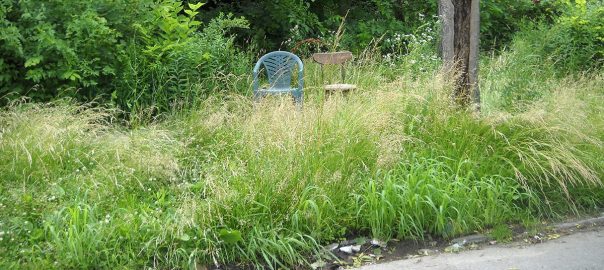
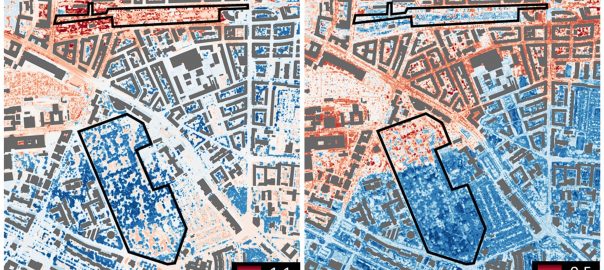
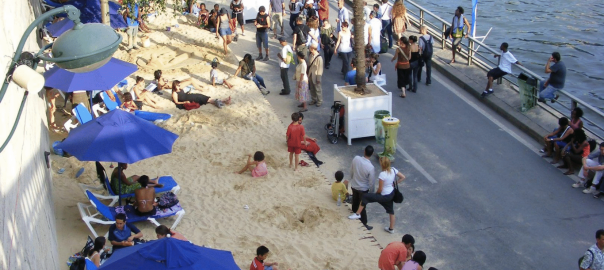
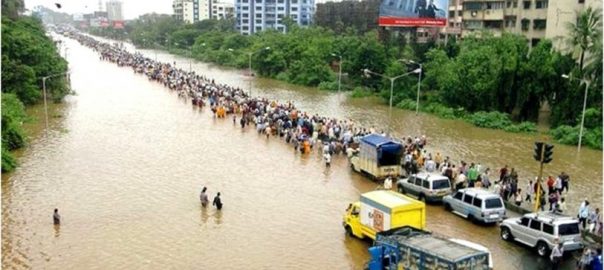
Leave a Reply